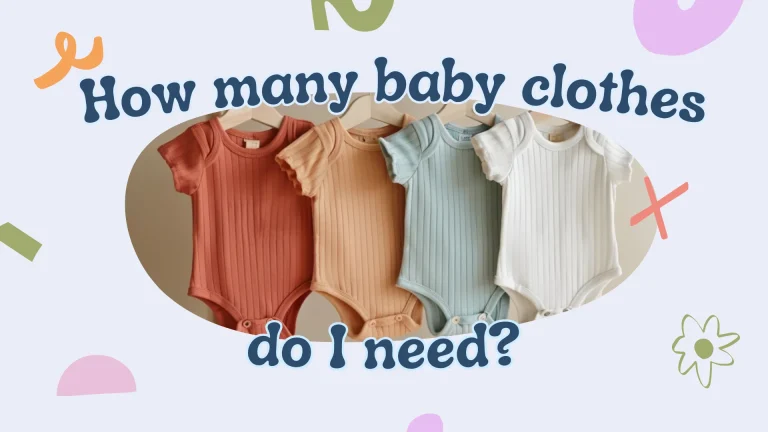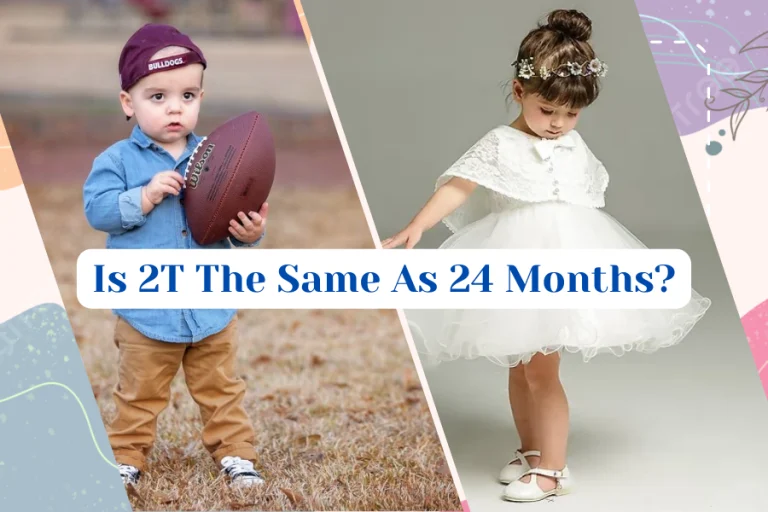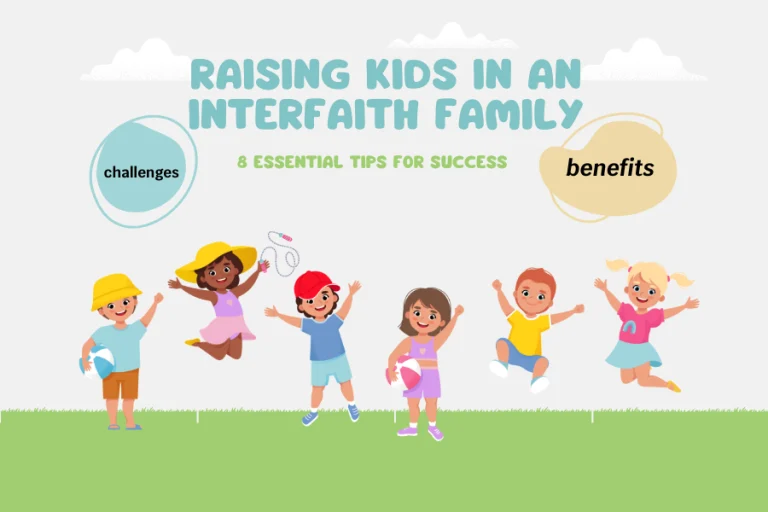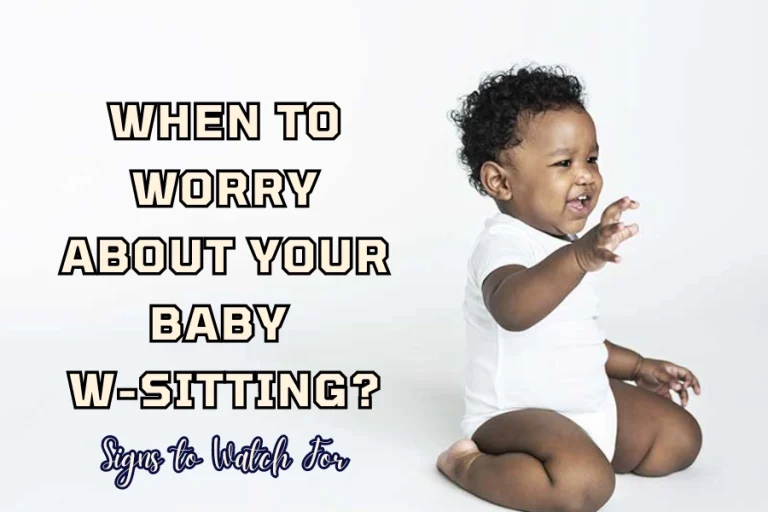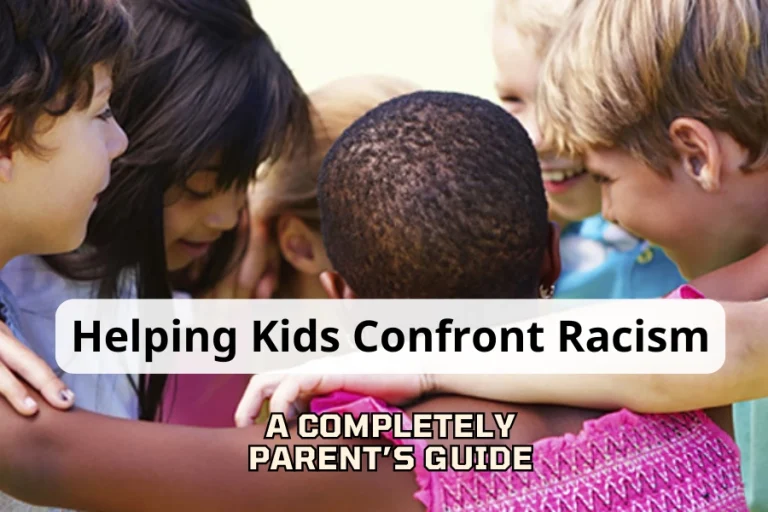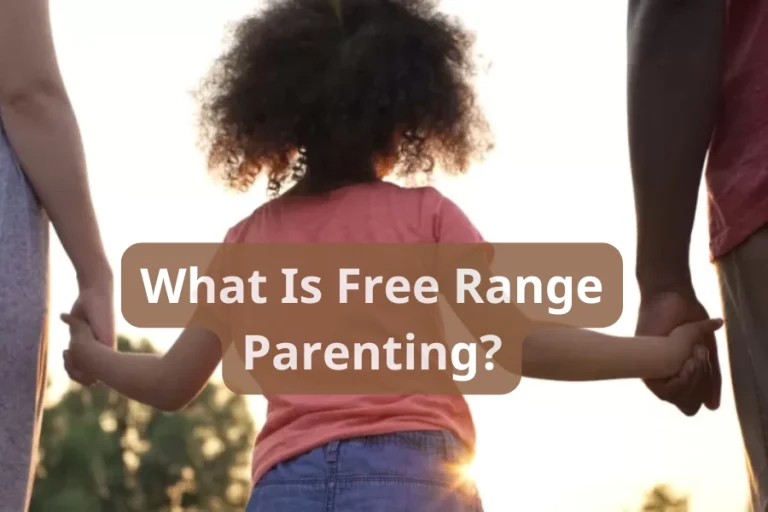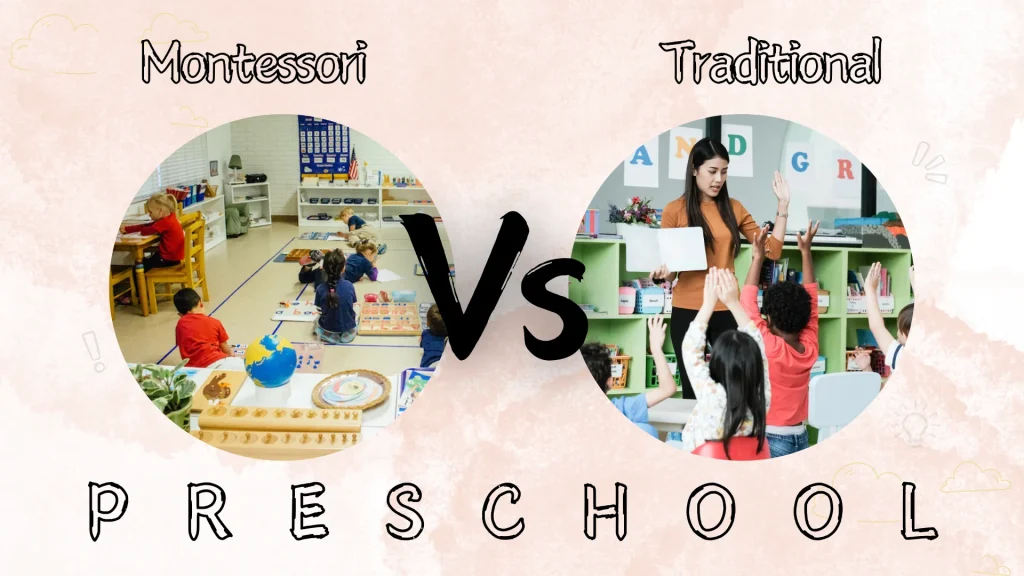
Nurturing your child is a wonderful yet challenging journey, especially for young parents. Many significant milestones await, like the preschool years. Children face the challenge of adapting to a new environment. While parents have to choose the right learning method for them. “Montessori vs Traditional preschool, which is for my child?” – is a common concern among generations of parents.
The answer depends on various factors. The method should align with the child’s personality and parents’ expectations. Consider the educational budget and time commitment to the child’s education. Misconceptions will arise if you don’t understand each method’s philosophy. Some believe traditional preschool is restrictive and forces children into a mold. Some people oppose Montessori because it allows too much freedom. They believe it focuses more on play than on learning. So, which method would you choose for your child? If you are unsure, consider our below advice!
Understanding Montessori Preschool vs Traditional Preschool
First, remember that each child has a personality. So take your child and your expectations as the center to make a decision. Don’t let negative stereotypes about any method distract you. Focus on understanding each approach fully. What makes differences between Montessori preschool and Traditional Preschool?
What is Montessori education?
The Montessori method is a growing educational approach today. This teaching method emerged in the early 20th century. It was created by Maria Montessori (1870–1952), a professional physician and educator in Italy. Her unique approach to educating children with disabilities gained worldwide recognition. Today, Montessori education is not limited to private schools. Montessori exactly is a revolutionary curriculum with incredible benefits. Both schools and parents at home can apply Montessori principles.

Maria Montessori applied her scientific background to develop an educational approach. She emphasizes independence and hands-on learning. Also respects a child’s natural psychological development. She customized learning materials and observed how children interacted with them. Her method encouraged self-directed activity, mixed-age classrooms, and collaborative play.
“The goal of early childhood education should be to activate the child’s own natural desire to learn.” – Maria Montessori.
Since its start, Montessori education has sparked much debate. According to the National Center for Montessori in the Public Sector, there are over 3,000 Montessori schools in the US. Around 600 of these are public schools1. Surveys show parents taught with Montessori methods often choose the same for their children. Jill Morgenstern, a teacher and writer in Texas, chose Montessori for her child. “My daughter understands the needs of children even though there is no focus on this in school. It’s amazing how far ahead of her time she is.”
Montessori was not created to oppose traditional methods. Each form focuses on distinct values. Montessori focuses on natural development. Traditional education emphasizes standardized knowledge, a structured curriculum, and discipline. Continue reading to compare Montessori vs Traditional preschool for a better understanding!
Differentiate Montessori vs Traditional preschool
Child-led vs. Teacher-led
Montessori preschool: According to “natural learning” philosophy, Montessori schools allow child-led classrooms. Your child will self-control their activities, including their learning pace. If your pupils master a skill at a certain level, they can move on. Those who haven’t mastered face no pressure to finish within a set time. In Montessori schools, children often explore by themselves or in small groups. The Montessori learning process involves teachers presenting a range of topics. Children choose what they want to explore. Teachers help them delve into their chosen subjects.

Traditional preschool: Unlike Montessori, a traditional class is teacher-led. Children follow specific schedules and curricula. Knowledge is provided by the teacher, with each child receiving similar information. Individual progress is assessed through periodic tests. Traditional education focuses on group learning with rewards and penalties, encouraging achievement. However, traditional approaches do not lack free activities. Modern preschools also emphasize free activities for kids.
Learning environment
Montessori preschool: The environment resembles a miniature adult workplace. It is filled with tools and materials supporting various subjects and professions. Especially, they are all within the child’s reach. Montessori classes are not age-restricted and may span three-year age groups (e.g., ages 3-6, 6-9, and 9-12)2. What an ideal environment for children to learn from each other. Besides, the Montessori environment will harmonize active and quiet activities. Children freely engage both in exciting games and quiet moments like reading or art appreciation.
Traditional preschool: This is a more structured and disciplined environment. Traditional classrooms have neatly arranged desks and chairs, accommodating about 20-25 children. The teacher-pupil ratio is 1:25, meaning one teacher manages the entire class3. The room decor is colorful to stimulate children’s visual senses. Daily activities follow a specific, pre-planned curriculum. To make lessons more dynamic, children occasionally participate in group outings.

“A traditional school environment is very structured by time—knowing the time tells you what the children are doing—but it is less structured by space. Montessori operates differently: it focuses heavily on structured space rather than strict time schedules. If you know where the children are, you know what they’re doing, but the schedule is flexible. In play-based child care, teachers alternate between letting the children play and leading teaching activities.” – Carol Anne Wien, a Montessori teacher, and professor emerita at York University.
Curriculum
Montessori preschool: While the teaching structure may seem unordered, Montessori classes have a clear curriculum. It covers language, math, practical life, sensorial, and cultural subjects (art, science, geography). The curriculum is customized to suit each child’s strengths and passions at that time. Lessons are integrated into stories, songs, learning towers, or single-player games. You will be surprised by its diversity, interdisciplinary, and reality-based.
Traditional preschool: This curriculum prepares young children for elementary school. It focuses on academic, social, and behavioral expectations. It includes a balanced mix of academic instruction, social development, physical activity, and creative play. Traditional principles emphasize social interaction and community. Most activities involve significant teacher-student and student-student interaction. Finally, academic performance is assessed through subject-specific tests.
Role of teachers
Montessori preschool: In a Montessori class, teachers act as guides and supporters, even friends in exploring lessons. Those teachers treat children politely and fairly, like adults. Unlike a traditional standard classroom, Montessori includes one main teacher and many assistants (depending on class size). This allows the teacher to follow each child’s progress closely. Through the art of teaching, Montessori teachers still ensure children behave with proper ethics.
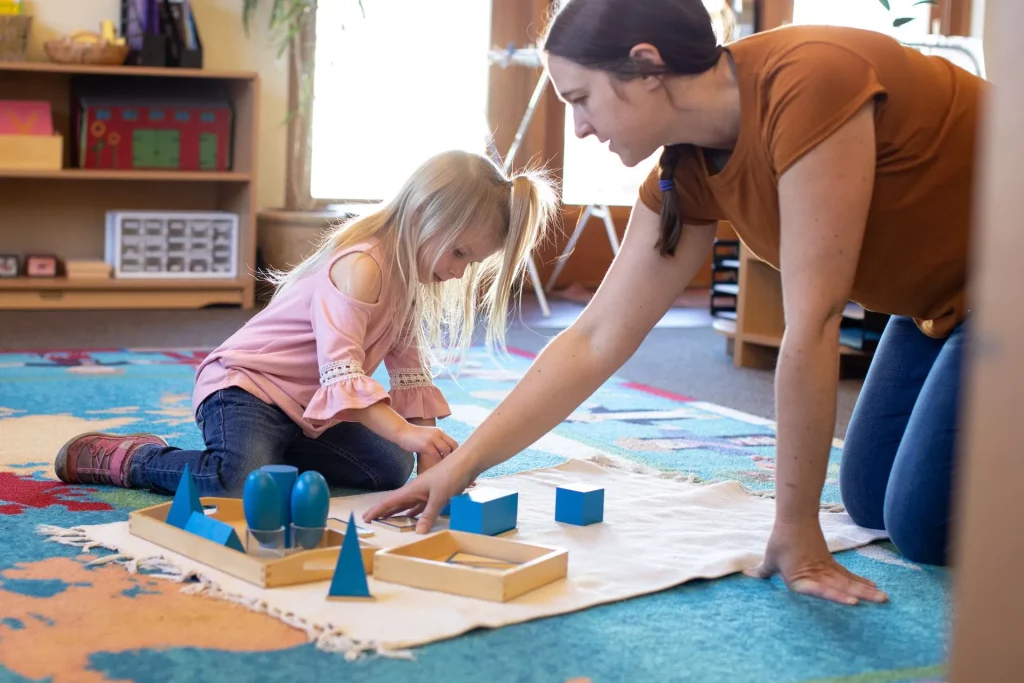
Traditional preschool: In a traditional classroom, where the teacher takes center stage, their role is pivotal. The teacher is responsible for delivering knowledge and controlling progress. Traditional teachers hold the primary authority to establish discipline in children.
Montessori vs Traditional Preschool: Which suits your child?
Ultimately, both methods offer benefits for children. The right choice depends on many criteria such as:
- Your child’s personality
- Parents’ goals and expectations
- Parents’ educational style
- Educational budget
- Available time for child’s education
Additionally, we have a summary based on the benefits of Montessori vs traditional preschool. This information can assist parents in making a well-informed decision:
| Montessori education | Traditional education |
| Foster independence, self-learning, and self-correcting.Encourage creativity and personal expression. Develop realistic problem-solving skills. Build emotional control skills. | Informed preparation for 1st-gradeEstablish a high level of discipline. Learn planning and managing timelines. Develop social interaction skills. |
Our advice
As mentioned above, each method has its unique strengths. Choosing where your child belongs requires considering many criteria. Additionally, we recommend visiting both types of preschools to experience them firsthand. Though children may not fully understand, they can still show their preferences. Observe your child in each environment to make a more informed decision. It doesn’t matter whether Montessori vs Traditional preschool. It’s about parents working with the school for their child’s best education.
Sources
- Franz, R. and Warner, A. (2024) What is a montessori school?, US News. Available at: https://www.usnews.com/education/k12/articles/what-is-a-montessori-school ↩︎
- Global Montessori Academy (2020) Age levels, Global Montessori Academy. Available at: https://globalmontessori.com/school/grade-levels ↩︎
- Cherry Hill Montessori (2021) Montessori School vs. traditional preschool, Cherry Hill Montessori. Available at: https://www.cherryhillmontessori.com/differences-between-a-montessori-school-and-a-traditional-preschool/ ↩︎

